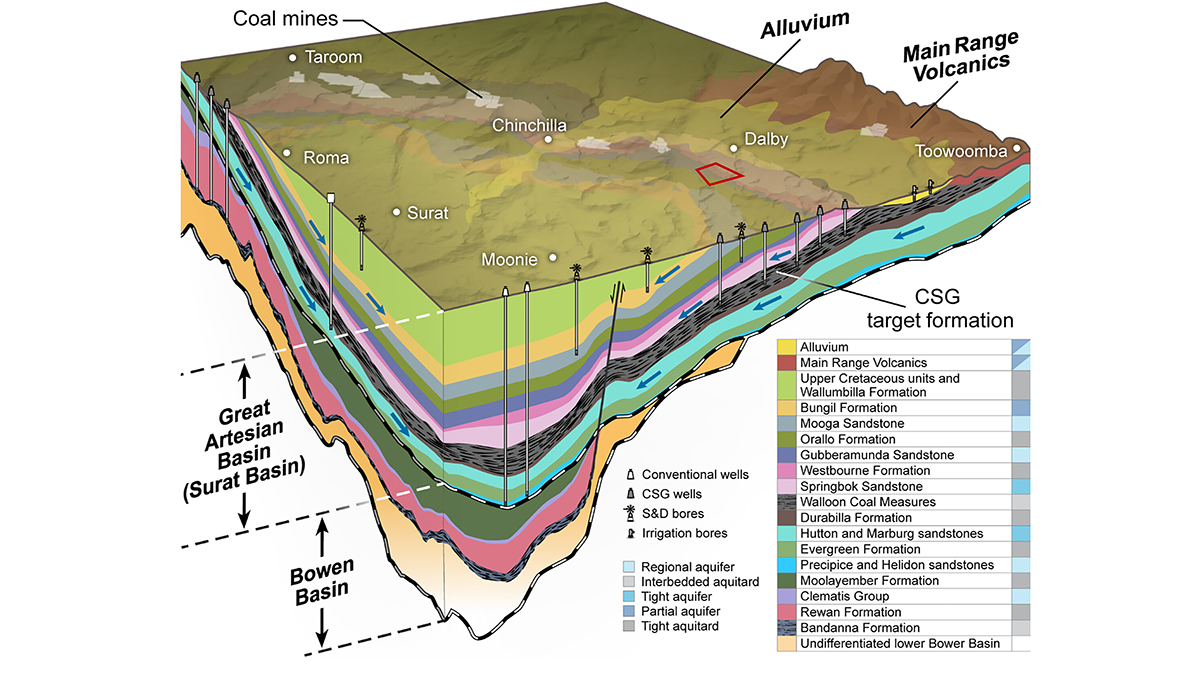A new model shows how coal seam gas extraction causes land to sink by linking groundwater loss and coal shrinkage, helping predict impacts on farming in gas-producing areas.
Gabriel Rau
Associate Editor, WRR
Posted inEditors' Vox
Unlocking a Treasure Trove for Subsurface Characterization
Earth and atmospheric tide signatures embedded in groundwater levels are a potential game changer in the monitoring of confined aquifers.


